An ongoing show entitled Classic/Fantastic: From the Modern Design Collection opened in December of 2007 in the Lila Acheson Wallace Wing of the Metropolitan Museum of Art in New York City. It is a minor show, yet sometimes a little can say a lot. The ongoing show demonstrates the dual and dueling parts of the human mind.
In The Birth of Tragedy the Frederich Nietzsche distinguished two principles from ancient Greek philosophy, the Apollonian and the Dionysian. Everything that maintains man's or things' individuality and that makes distinctions between things is Apollonian: "...all types of form or structure are Apollonian, since form serves to define or individualize that which is formed..." (Steven Kreis, 2000. See last link). According to Nietzsche (see Kreis' website), rational thought is Apollonian due to it being structured and that it makes distinctions. All types of form and structure are Apollonian, according to Kreis, and "...sculpture is the most Apollonian of the arts, since it relies entirely on form for its effect."
That which is Dionysian opposes that which is Apollonian. Music and bacchanalian debauches from Roman times are Dionysian, as they dissolve man's individualism in favor of mass activity. Man gives up his reasoning power and takes on attributes, i.e. enthusiasm, ecstasy, and instinct. He joins irrational and mass behavior. he submerges himself in the greater whole, says Kreis. Surrealist art represents symbols from the irrational mind.
On the Apollonian side, for example is the "Capiletto Chair" shaped like a capital (in ruins) from the Classical world. It was designed by Studio 65 in 1971. The show's curator, Jared Goss, imparts how the designers were rebelling against the functionalism of the International Style and how the instantly recognizable image is linked to Pop Art. The fact that the chair is made of foam rubber underscores that.
Another take on the capital is the Taccia company's lamp of 1962 by Achille Castiglione. The base is a fluted metal column. A glass cone subs for capital. It is Classic and Modern. One could say the pool of light that emanates is akin to the Apollonian sense of learning.
Let's stay rational for a while longer. The urn may epitomize Greek and Roman rational art, as it positions idealized figures in idealized activities. The urn's face recreates the Classic world as thinkers of the day envisaged. Each character on the urn is individuated and has a singular purpose. The form of the urn itself individuates its own forming (see Nietzsche link).
A wonderful urn of porcelain by the famous Gio Ponti called La passaeggiata archeologica is somewhat Art Deco in its cartoon-like stylizations. According to the show's curator, Gio Ponti was a Modernist who respected tradition. I myself believe that Modernism, in its rational concern for the betterment of man and rejection of irrational waste and corruption is felicitous to the Apollonian concept. The urn presents Classical imagery from ancient Rome, the Renaissance, and the NeoClassical age. The Modern stylings work well with the Classical vocabulary.The masonry motif is particulary whimsical. Note that each figure is individuated.
On the Dionysian side - and, incidentally, side is quite literal here, as the two galleries are side-by-side - are strange works of art that may defy rational explanation. Consider a serving dish for fish (presumably) by Henning Koppel of Denmark. Its clam shape is more than the odd stylizations of fruits de mer on bouillabaisse pots of the Renaissance. Here the object is the concept. It seems to be Apollonian at first due to the intact nature of its form, that individuates the clam. The "clam" is the form, after all. What could be more Apollonian? I think the reason the dish is on this side of the divide is that it borrows heavily from Surrealism. Think of Paul Klee's fish against the black void, or Dali's ants and tigers. The clam is no idealized form such as the Discus Thrower. There's nothing noble about a clam. In Surrealism like in no other art style, emblems from Jung's Collective Unconscious come to the fore and supersede logic. The clam, then, is Dionysian as it loses its individuality by being part of an art movement, Surrealism, and therefore out of the collective world of dreams. Surrealist and Dionysian art should let the viewer submerge with the greater whole of nature. The clam is more than a clam.
A hand table - not what you are thinking - makes its bizarre appearance. It is by Costa Achillopoulo and from 1934, in the heart of the Surrealist movement. Mr. Goss indicates that the table also functions as sculpture. Disembodied hands were prominent in Surrealism -the left hand in particular symbolized the irrational. The cloudlike element from which the hand emerges, Mr. Goss says, may represent the transition from the unconscious to the conscious. You cannot use it as a functional item without a feeling of discomfit, I believe. It must have elicited unusual conversations at cocktail parties.
My favorite items are textile samples circa 1900 by an unknown designer. Mr. Goss says the organic quality may have been inspired by advances in medical science, namely serums and antibiotics, as the motifs look like microscopic specimens. Here rational science meets the incongruence of the bedroom, parlor, or dress. By turning microscopic organisms into decorative designs, the creator entered the realm of the illogical mind. The germs and bacilli become monsters ready to devour the family at home (if they were wallpaper) or wearer (if they were for a dress). The comfort of scientific, rational study degenerates into the uncertainty of the world of chaos, violence, terror. While the other art in the show kept on either side of the Apollonian/Dionysian credo, these textiles give us an uneasy alloy. It's not so easy to keep the two kingdoms apart always.


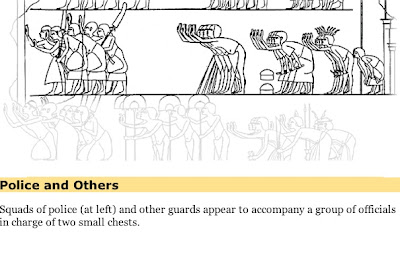


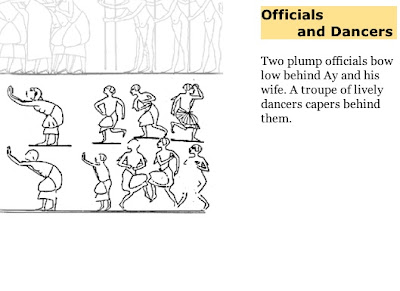
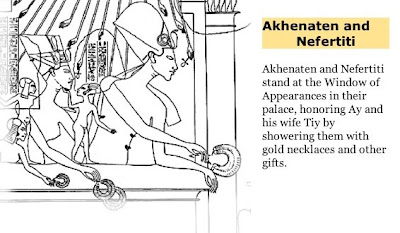
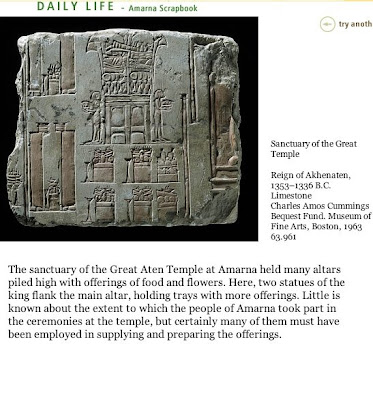
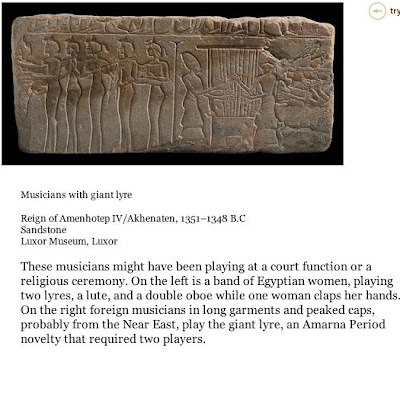


 Thanks to
Thanks to

